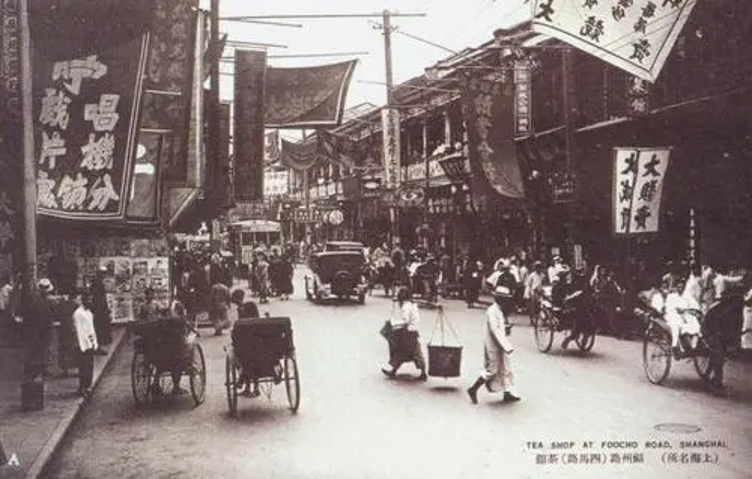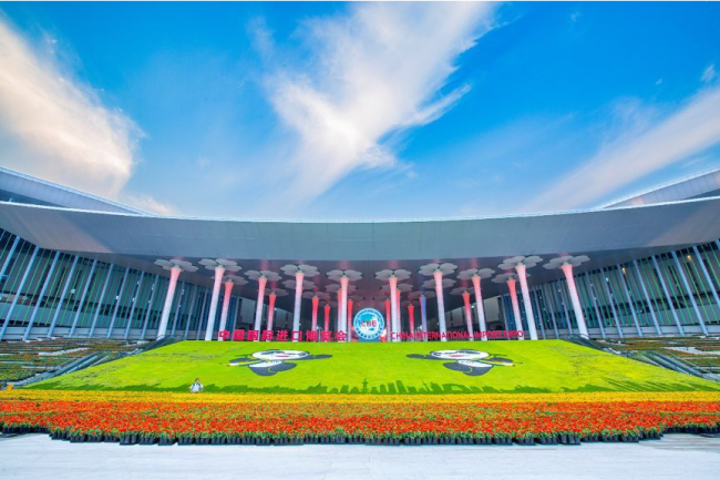Shanghai History
If you have ever been to Shanghai, you are sure to be impressed by its modernization. However, you can hardly imagine such a modern city with amazing long history. Actually, in 1986, it was approved by the State Council as one of the second 38 famous historical and cultural cities in China.
Prehistory
Sites around Shanghai dating back to the Neolithic Period indicate that the west part of today's Shanghai had become land more than 6,000 years ago and there were people living in the area at that time. Those ancestors first lived by hunting, fishing and grazing and later by farming.By the tenth century, the eastern part including the present city area had been completely formed. People began moving eastward, building a coastal fishing village in this area.
Ancient History
During the Warring States Period (475 -221BC), Huang Xie, known as Lord Chunshen of the Chu state, organized people to excavate the Huangpu River. The river therefore has a nickname of 'Chunshen River' and Shanghai has sometimes been referred to as 'Shen' ever since. Fishermen living in the area at that time created a fishing tool called Hu, so it has the other nickname of 'Hu'.
During the Qin Dynasty (221 - 206BC) the city was not even a town. People used boats in the former Mao Lake and the rivers of today's Songjiang District to trade and do business.
From the Han Dynasty (206BC - 220AD) on the industries of coin-casting, metal-smelting and salt-production grew dynamically in the area and the economical connection between this area and the hinterland gradually strengthened. Prosperity continued into the Jin Dynasty (265 - 420).
In the Sui (581 - 618) and the Tang (618 - 907) Dynasties, it enjoyed rather fast progress, as great importance was attached to the economic development of southern China. The area became an important bread basket, thanks to proper reclamation of arable land. After this the area gathered a larger population by degrees and it had more economical and cultural exchange with places at home and abroad.
In 751 during the Tianbao Years of the Tang Dynasty, Huating County was established in today's Songjiang District, the heart of which is now in the Huatinghai area in northeast Huating County. However at that time, Shanghai had not yet developed its position as a major port. During the Tianbao Years, Qinglong County had the busiest port, owing to its advantageous location at the mouth of the Wusong River. Ships departing from its port could sail to other cities along the inland rivers, coastal cities and even Japan and Korea. Later, the silting of the Wusong River made ships desert the port of Qinglong County, giving it a good opportunity for growth.
During the Northern Song Dynasty (960 - 1127), this area, with its excellent port and shipping conditions, gradually replaced Qinglong County as a center of trade. Residential areas formed and the former fishing village became a small town.
In 1267 during the Southern Song Dynasty (1127 - 1279), Shanghai Town was officially established, under the jurisdiction of Huating County. Due to increasing trade, a swarm of merchant ships gathered here in the port, making it more and more prosperous.
During the Yuan Dynasty (1271 - 1368) one of the country's seven Maritime Trade Offices was set up in the Town. In 1292 Shanghai County was set up in today's Minhang District. The economy thereafter saw even greater development, especially in the planting of cotton and the textile industry. Advanced cotton-spinning tools and techniques were introduced to promote its industry.
By the Ming Dynasty (1368 - 1644) the region had already grown into the largest cotton spinning base in China. Its textiles were popular at home and abroad. With 'Sha Chuan' (the general name of sea-going junks) as the main conveyance, the shipping industry, another mainstay of the economy of the region, was also well-developed. A great number of shops and restaurants appeared, making Shanghai a busy, well-known busy city.
In 1685 during the Qing Dynasty (1644 - 1911), the Customs Office was established in the city. Consequently unprecedented progress was made in the shipping industry including freshwater carriage, Yangtze River shipping, coastal liners and international shipping. The port of Shanghai came to handle the largest quantities of imported and exported cotton cloth. Many ships berthed in the port, making it the main transfer point of maritime trade. As time passed, the county gained its position as an important economic power, a water transport center and an international trading port in China
In 1840 Shanghai County had already grown to include today's Huangpu District and the old city zone, bordering today's Qingpu District in the west, Chuansha Town in today's Pudong New Area in the east and Baoshan District in the north.

Modern History
After 1840 the British Army entered Shanghai and opened it as a treaty port in 1843. Many other countries set up concessions there. They sought industrial raw materials and dumped superfluous goods there. At that time it became an 'Adventurer's Paradise' and many countries set up enterprises in industries of shipping, banking, printing, pharmacy, architecture and public utilities. Meanwhile the Qing government also set up many enterprises here to promote national industries and commerce.
In 1912 Shanghai's land area grew to today's size, under the jurisdiction of Jiangsu Province. The First National Congress of the Communist Party of China was held there in July 1921. The area was renamed Songhu City in 1925, and in 1927, Shanghai City was officially established, directly under the Executive of Government of the Republic of China.
In the late 1920s and early 1930s modern industry developed quickly in this area. A large number of enterprises, advanced techniques and equipment and systematic factory management insured the city's position as an important base of modern industry in China as well as the shipping, financial and trade center of the Far East.
After a prosperous period, the city started to suffer from World War II. The lack of raw material resulted in declining industry and economy, the lack of daily necessities and severe inflation.
Postwar resettlement did not go well. Important industries such as electricity generating, shipbuilding, shipping, finance and trade were controlled by international monopolies. Meanwhile domestic bureaucracies dominated the main economic departments in Shanghai. The situation of inflation and economic crisis was getting even worse.

Contemporary Shanghai
In May 1949 Shanghai was liberated. It became a municipality directly under the Central Government on Oct 1 of 1949, and began to revive. Besides regaining its position as a shipping, industrial and economic center, the city became the science and technology base of China.
After China's reform and opening-up in 1978, Shanghai greatly benefited from the favorable national policies and its own advantages. With the reform and restructuring of the economic system, the city developed its indigenous economy and the living standard of the people improved. Open-minded introduction of foreign capital, advanced foreign technologies and management methods speeded up its development. Nowadays the international metropolis of the city is an influential economic power in the world and undoubtedly an economic, financial, trade, cultural, science and technology center of China.
